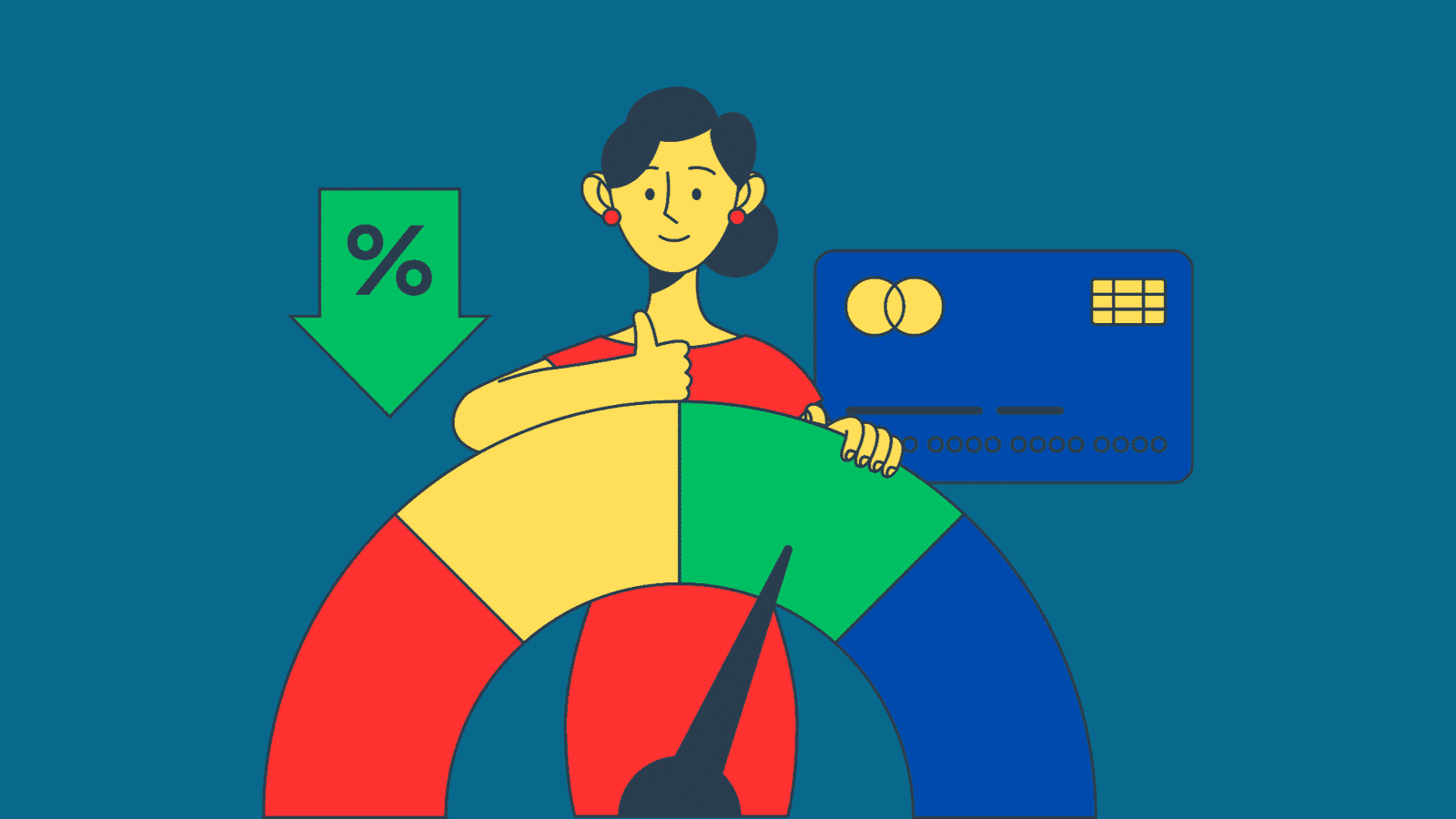If you’re a freelancer, gig worker, Entrepreneur, or in a commission-based role, you know the unique challenge of how do you budget when you have an irregular income.
How Do You Budget When You Have an Irregular Income? Mastering Financial Stability in a Variable World
For many, the steady rhythm of a bi-weekly paycheck provides a predictable foundation for their finances. But what happens when your income stream is more like a rollercoaster – thrilling highs followed by anxious dips? It can feel like financial planning is a game of chance, leaving you stressed and uncertain about the future.
However, living with fluctuating income doesn’t have to mean financial chaos. With the right strategies and a shift in mindset, you can absolutely gain control, build stability, and even thrive financially, regardless of the ebb and flow of your earnings. This comprehensive guide will walk you through proven methods and practical tips to effectively manage your finances and answer the vital question: how do you budget when you have an irregular income?
Understanding the Unique Challenges of Irregular Income Budgeting
Before diving into solutions, it’s crucial to acknowledge the specific hurdles irregular income presents. Unlike those with fixed salaries, you face:
- Unpredictability: The most obvious challenge. You’re constantly unsure of exactly how much money will come in each month.
- Cash Flow Fluctuations: Months of plenty can be followed by periods of scarcity, making it difficult to maintain a consistent lifestyle and meet financial obligations.
- Emotional Stress: The uncertainty of irregular income can breed anxiety and worry about covering bills, savings goals, and unexpected expenses.
- Planning Difficulty: Traditional budgeting methods often rely on predictable income. Adapting these to variable earnings requires a different approach.
Overcoming these challenges is entirely possible. It simply requires embracing a more flexible and proactive approach to budgeting.
Core Principles for Budgeting with Irregular Income
Successfully navigating irregular income budgeting hinges on adopting a few core principles that act as your financial compass.
- Prioritize Needs Over Wants: This is crucial for everyone, but especially vital when income fluctuates. Clearly distinguish between essential expenses (housing, food, utilities, transportation) and discretionary spending (entertainment, dining out, non-essential shopping). In leaner months, focusing on needs becomes paramount.
- Build a Robust Emergency Fund: Your emergency fund is your safety net and a cornerstone of irregular income budgeting. It acts as a buffer during low-income periods, preventing you from resorting to debt or panic. Aim for a larger emergency fund than someone with a stable income – ideally 3-6 months of essential living expenses and even up to 6-9 months for greater peace of mind.
- Track Your Income and Expenses Relentlessly: Knowing where your money is going, both in high and low income months, is fundamental. Detailed tracking provides insights into your spending patterns, helps identify areas for reduction, and informs your budget adjustments.
- Plan for Low Income Months Proactively: Don’t wait for a slow month to hit before reacting. Anticipate leaner periods (seasonal dips, industry trends) and adjust your spending and savings accordingly before they occur.
- Embrace Flexibility and Adaptability: Rigid budgets often fail when faced with income variability. Be prepared to adjust your budget based on your actual earnings each month. Flexibility is not about abandoning your budget; it’s about making it work for your unique income situation.
A Step-by-Step Guide to Budgeting with Irregular Income
Now, let’s break down the practical steps to create a budget that works for your fluctuating income.
Step 1: Calculate Your Average Monthly Income
The first step in answering “how do you budget when you have an irregular income?” is to establish a realistic income baseline. Don’t rely on your highest earning months. Instead:
- Review your income history: Look back at your income for the past 3-6 months (or even a year for a more comprehensive picture).
- Calculate the average: Add up your total income for the period and divide it by the number of months you reviewed. This provides a more stable average monthly income to work with.
- Consider seasonal fluctuations: Are there predictable patterns in your income? If your income is consistently lower during certain months, factor this into your average and budget accordingly. You might even calculate different averages for different seasons.
Step 2: Meticulously Track Your Expenses
Just as crucial as understanding your income is knowing where your money goes.
- Track everything: For at least a month, diligently track every single expense, no matter how small.
- Categorize expenses: Divide your expenses into fixed (consistent amounts each month, like rent, loan payments) and variable (fluctuating amounts, like groceries, utilities, entertainment) categories.
- Analyze your spending: Identify areas where you might be overspending or where you can cut back, especially on variable expenses.
Step 3: Create a Baseline Budget Based on Your Average (or Lowest) Income
Now, it’s time to build your budget. You have two main approaches:
- Average Income Budget: Use the average monthly income you calculated in Step 1. This is often a good starting point if your income fluctuations are not extreme.
- Lowest Income Month Budget: For greater safety and predictability, you can create a budget based on your lowest expected income month. This approach ensures you can cover essential expenses even in leaner times. Any income above this baseline is then allocated to savings, debt reduction, or future months.
Regardless of which approach you choose, your baseline budget should prioritize essential needs first and then allocate remaining funds to wants, savings, and debt repayment.
Step 4: Implement a Flexible and Adjustable Budgeting System
The key to successful irregular income budgeting is flexibility.
- Month-by-Month Adjustments: Don’t set a rigid budget for the entire year. Instead, adjust your budget each month based on your projected income for that month.
- Income-Based Allocation: If you had a high-income month, allocate a larger portion to your emergency fund, savings goals, or debt repayment. If you anticipate a lower income month, proactively reduce variable spending and draw upon your emergency fund if needed.
- Zero-Based Budgeting (Modified): Consider adopting a modified zero-based budgeting approach. Each month, allocate all your projected income to various categories (needs, wants, savings, debt). This forces you to be intentional with every dollar, regardless of income level.
Step 5: Regularly Review and Refine Your Budget
Budgeting is not a one-time task; it’s an ongoing process.
- Monthly Reviews: At the end of each month, review your actual income and expenses against your budget. Identify any discrepancies and adjust your budget for the following month.
- Annual Review: Conduct a more comprehensive review annually. Re-evaluate your average income, spending patterns, and financial goals. Make necessary adjustments to your budgeting system to ensure it continues to meet your needs.
Tools and Techniques to Support Irregular Income Budgeting
Several tools and techniques can simplify and enhance your irregular income budgeting process.
- Spreadsheets: A simple yet powerful tool. You can create custom spreadsheets to track income, expenses, and budget categories. Spreadsheets offer flexibility and allow for detailed analysis.
- Budgeting Apps: Numerous budgeting apps (like YNAB, Mint, Personal Capital, EveryDollar) are available that can automate expense tracking, categorize spending, set budget goals, and provide visual representations of your finances. Many apps allow for manual income input, accommodating irregular income.
- Separate Bank Accounts: Consider opening separate bank accounts for different purposes: one for fixed expenses, one for variable expenses, one for savings, and one for business income (if applicable). This segregation can simplify tracking and prevent accidental overspending.
- The “Envelope System” (Digitally Adapted): The traditional envelope system involves using physical envelopes for cash budgeting. Adapt this digitally by creating virtual “envelopes” within your budgeting app or spreadsheet to allocate funds to different spending categories.
Example Budget for Irregular Income
To illustrate these concepts, consider the following example of a monthly budget for someone with irregular income:
| Month | Income | Fixed Expenses (Rent, Loans, Utilities) | Variable Expenses (Groceries, Transportation, Personal Care) | Savings/Emergency Fund | Total Expenses | Remaining Balance |
|---|---|---|---|---|---|---|
| Month 1 | $4,500 | $2,000 | $1,200 | $800 | $4,000 | $500 |
| Month 2 | $2,800 | $2,000 | $900 | $0 | $2,900 | -$100 (Draw from Emergency Fund) |
| Month 3 | $5,200 | $2,000 | $1,100 | $1,500 | $4,600 | $600 |
| Month 4 | $3,500 | $2,000 | $1,000 | $500 | $3,500 | $0 |
Table 1: Example Irregular Income Budget
Note: This is a simplified example. Variable expenses can be further broken down. The key takeaway is adjusting savings contributions based on income fluctuations and utilizing the emergency fund during low-income months.
Tips for Success When Budgeting with Irregular Income
- Automate Savings When Income is High: Set up automatic transfers to your savings and emergency fund accounts on months when you experience higher income. This “pays yourself first” and builds your financial buffer.
- Avoid Lifestyle Creep: Resist the temptation to significantly increase your spending when income spikes. Instead, channel extra earnings into savings and debt repayment.
- Be Patient and Consistent: Mastering irregular income budgeting takes time and practice. Don’t get discouraged by initial challenges. Consistency in tracking, planning, and adjusting your budget will yield long-term financial stability.
- Seek Professional Advice if Needed: If you’re struggling to manage your finances with irregular income, consider consulting a financial advisor or planner. They can provide personalized guidance and strategies tailored to your specific situation.
Conclusion: Taking Control of Your Financial Future
Budgeting with an irregular income might seem daunting, but it is achievable. By understanding the unique challenges, adopting core principles, and implementing the step-by-step strategies outlined in this guide, you can effectively manage your finances, build stability, and thrive in a world of variable earnings. Remember, how do you budget when you have an irregular income? You do it with planning, flexibility, and a commitment to taking control of your financial future, no matter what your paycheck looks like each month. Embrace the power of proactive budgeting, and you’ll be well on your way to financial peace of mind.
Frequently Asked Questions (FAQs)
Q: How do you budget when your income changes every month?
A: The key is to focus on averaging your income over several months and creating a flexible budget that you adjust each month based on your projected earnings. Don’t rely on your highest income months; plan for the average or even lower income months.
Q: What if I have a really low month and can’t cover all my expenses?
A: This is where your emergency fund comes in. Use your emergency fund to cover essential expenses during low-income months. Then, prioritize rebuilding your emergency fund during subsequent higher-income months.
Q: How much should I save in my emergency fund if my income is irregular?
A: Aim for a larger emergency fund than someone with a stable income. A good target is 3-6 months of essential living expenses, but for greater security, consider 6-9 months.
Q: Are budgeting apps helpful for irregular income?
A: Yes, many budgeting apps are highly beneficial. They can automate expense tracking, categorize spending, and help you visualize your financial situation. Look for apps that allow for manual income input and flexible budgeting categories.
Q: How do I stay motivated when budgeting with irregular income is challenging?
A: Focus on the long-term benefits of budgeting: reduced stress, financial security, and the ability to achieve your financial goals. Celebrate small wins, regularly review your progress, and remind yourself that taking control of your finances is empowering, regardless of income fluctuations.









